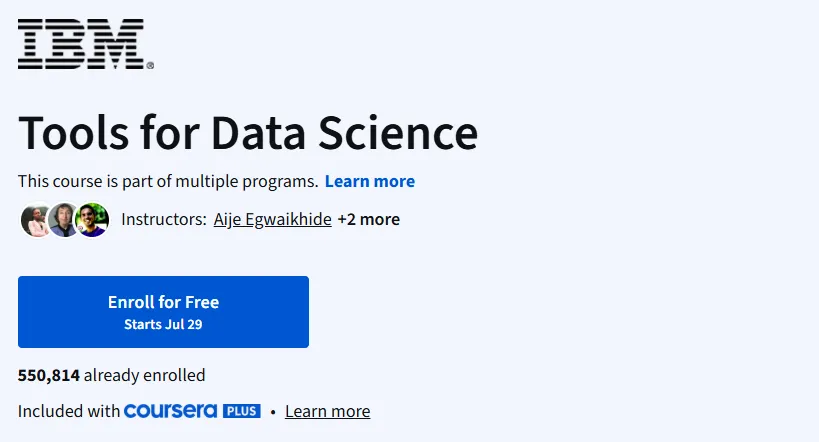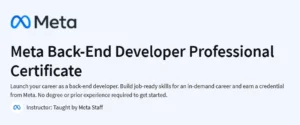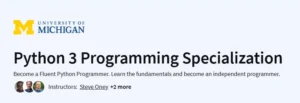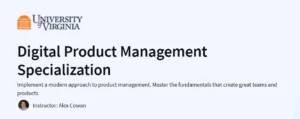What will you learn in Tools for Data Science Course
Identify and use the most common open-source tools in data science.
Navigate and perform basic operations using Jupyter Notebooks and RStudio.
Work with cloud-based tools like Watson Studio.
Understand how different tools integrate into the data science lifecycle.
Program Overview
Module 1: Introduction to Open Source Tools
⏱️ 1 week
Topics: Overview of data science tools, open source philosophy
Hands-on: Explore tool ecosystems used in the field (e.g., Python, R, Git)
Module 2: Jupyter Notebooks and JupyterLab
⏱️ 1 week
Topics: Working with Jupyter Notebook and JupyterLab
Hands-on: Run basic code cells, markdown, and outputs in notebooks
Module 3: RStudio and GitHub
⏱️ 1 week
Topics: Introduction to RStudio, Git, and GitHub basics
Hands-on: Create R scripts, clone repositories, and make commits
Module 4: IBM Watson Studio
⏱️ 1 week
Topics: IBM Cloud, Watson Studio environment setup
Hands-on: Build a data science project workspace in Watson Studio
Module 5: Final Assignment
⏱️ 1 week
Topics: Integration of learned tools into a real-world scenario
Hands-on: Complete a mini-project using various tools introduced
Get certificate
Job Outlook
Proficiency in open-source tools like GitHub, Jupyter, and RStudio is essential for entry-level data science roles.
Job titles include Data Analyst, Junior Data Scientist, and AI Developer.
Strong demand in finance, tech, and healthcare industries.
Median salaries for data science roles range from $70K–$120K depending on experience and geography.
Specification: Tools for Data Science
|
FAQs
- The course is beginner-friendly and assumes no prior programming experience.
- Basic computer literacy helps, but all tools are introduced step-by-step.
- Learners are guided through installation and setup of data science tools.
- Hands-on exercises allow practice without prior technical background.
- Supplementary tutorials can accelerate understanding for complete beginners.
- The course introduces popular tools like Jupyter Notebooks, Git, and GitHub.
- Learners get exposure to Python and R environments for data analysis.
- Data visualization and data manipulation tools are also demonstrated.
- Emphasis is placed on practical usage and workflow integration.
- Skills learned are transferable to real-world data science projects.
- The course includes guided exercises to practice each tool.
- Learners work on small projects to simulate real data science tasks.
- Hands-on labs help learners understand tool functionalities and workflows.
- Step-by-step examples ensure beginners can follow along confidently.
- Practical exercises help learners build familiarity with professional data science environments.
- Provides foundational exposure to tools commonly used by data scientists.
- Learners gain skills applicable to data wrangling, visualization, and analysis tasks.
- Completing the course strengthens resumes and portfolios for entry-level positions.
- Knowledge of tools helps in pursuing further specialized courses in data science.
- Hands-on practice prepares learners for internships or practical projects.
- Estimated completion is around 3–5 weeks at a part-time pace.
- Weekly effort of 3–4 hours is generally sufficient for lectures and hands-on exercises.
- Regular practice ensures learners become comfortable using each tool.
- Revisiting exercises or experimenting with additional datasets may require extra time.
- Consistent engagement helps learners gain confidence in professional data science workflows.





